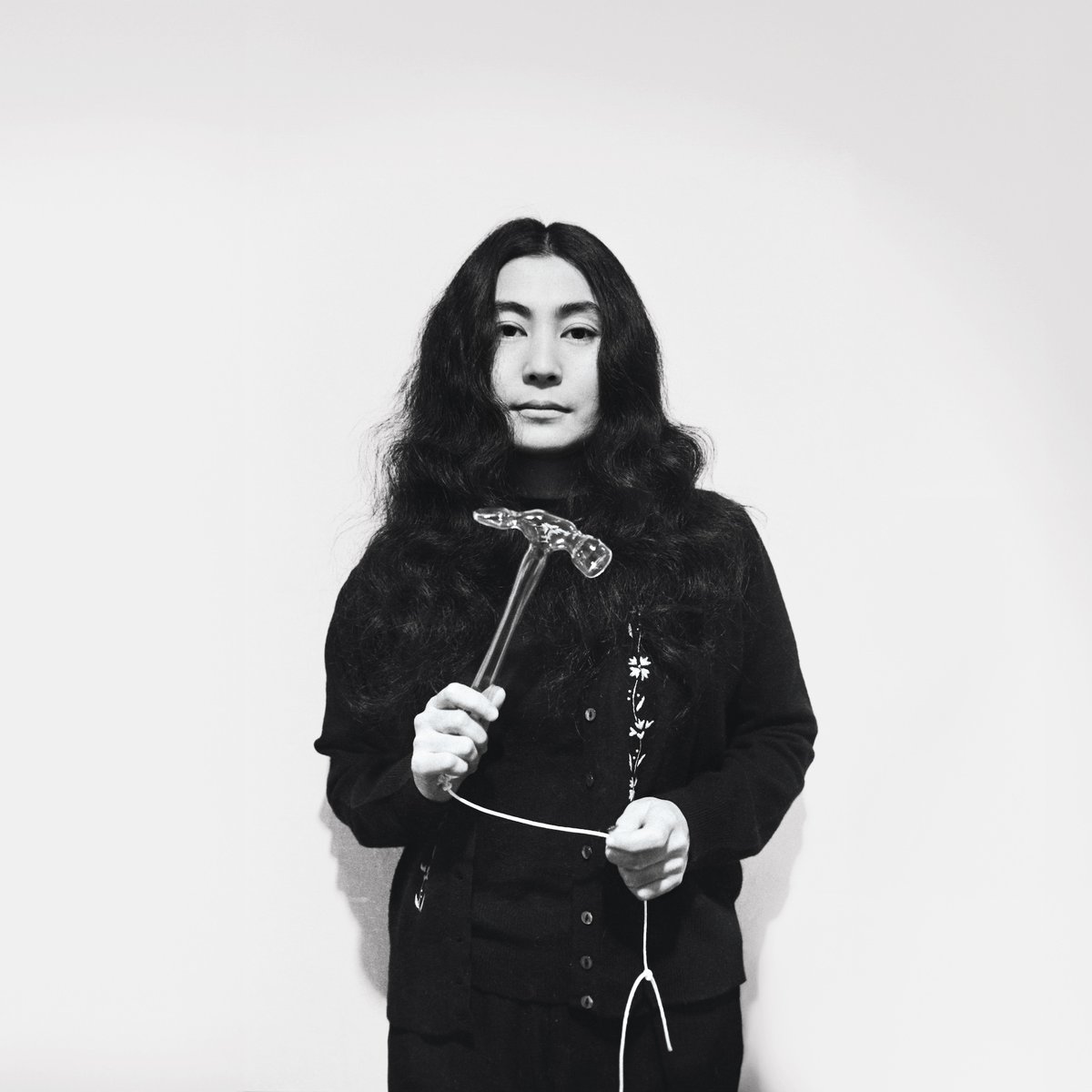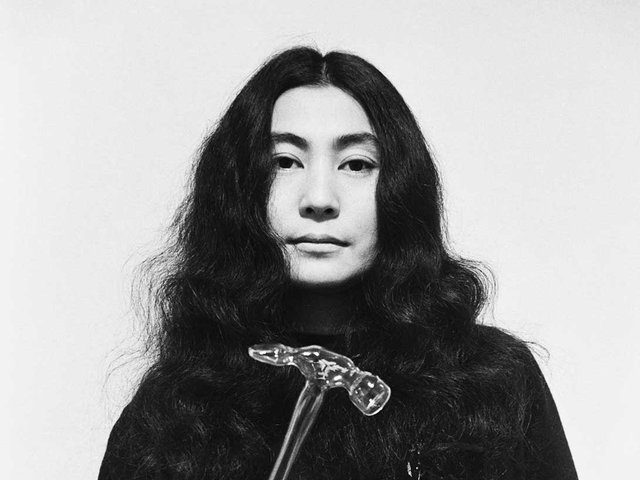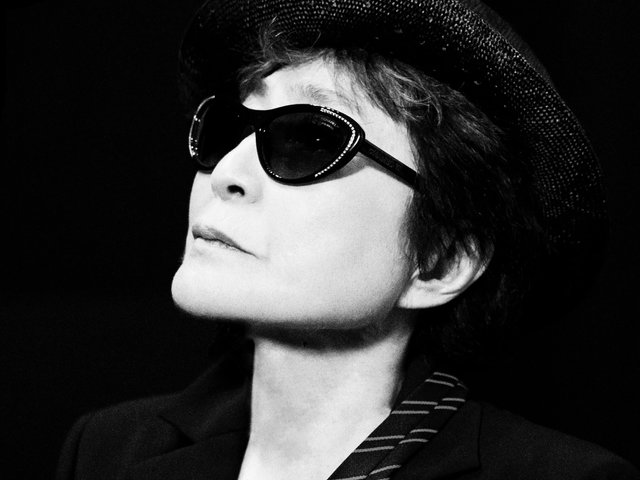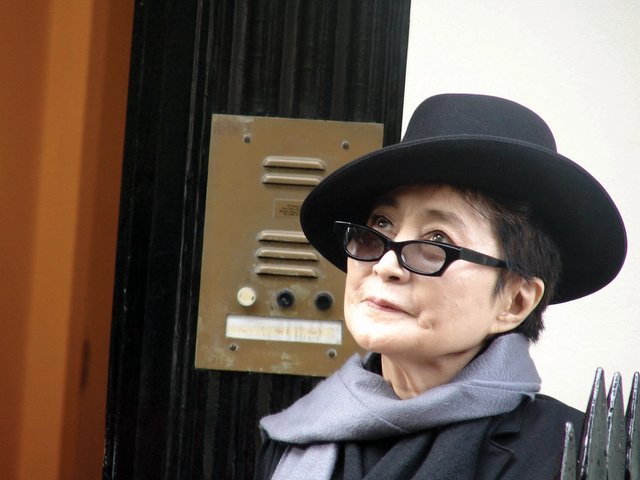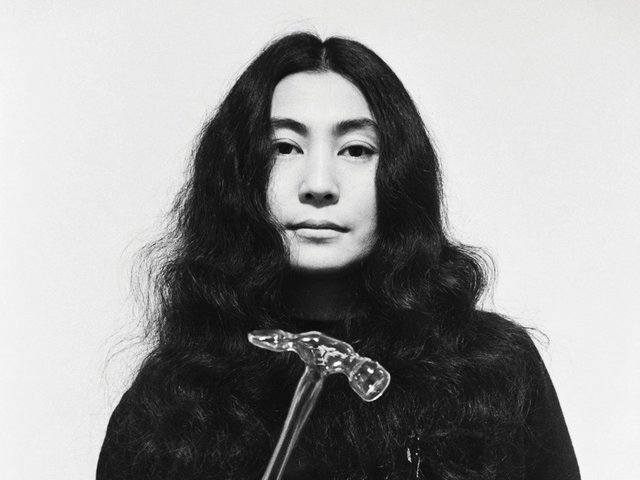The critically acclaimed Yoko Ono retrospective that generated large crowds at Tate Modern last year will open in October at the Museum of Contemporary Art (MCA) Chicago, its only presentation in the US. The show, Yoko Ono: Music of the Mind, spans 70 years of Ono’s career from her early Fluxus pieces and conceptual works to more recent participatory installations, bringing together more than 200 objects.
“Yoko Ono is a wildly influential and significant figure in performance, conceptualism, music and activism,” Jamillah James, the MCA’s senior curator and organiser of the museum’s presentation of Music of the Mind, said in a statement. “She has inspired generations of audiences to think differently about the everyday and seeing art.” (The exhibition was curated by Juliet Bingham and Patrizia Dander at Tate Modern, which organised the show in collaboration with Kunstsammlung Nordrhein-Westfalen in Düsseldorf.)
While the Japanese-born artist has been a New Yorker since 1956, the MCA’s ties to the Fluxus movement—in which Ono was a key figure—from the moment of its founding make the Chicago museum an apt venue for her retrospective. In fact, just two years after it opened, the museum hosted a performance by Charlotte Moorman and Nam June Paik in which they re-created pieces by Ono and other Fluxus artists. (Chicago is also home to Ono’s first permanent public art piece in the Americas, Sky Landing, installed in Jackson Park on the city’s South Side in 2016.)
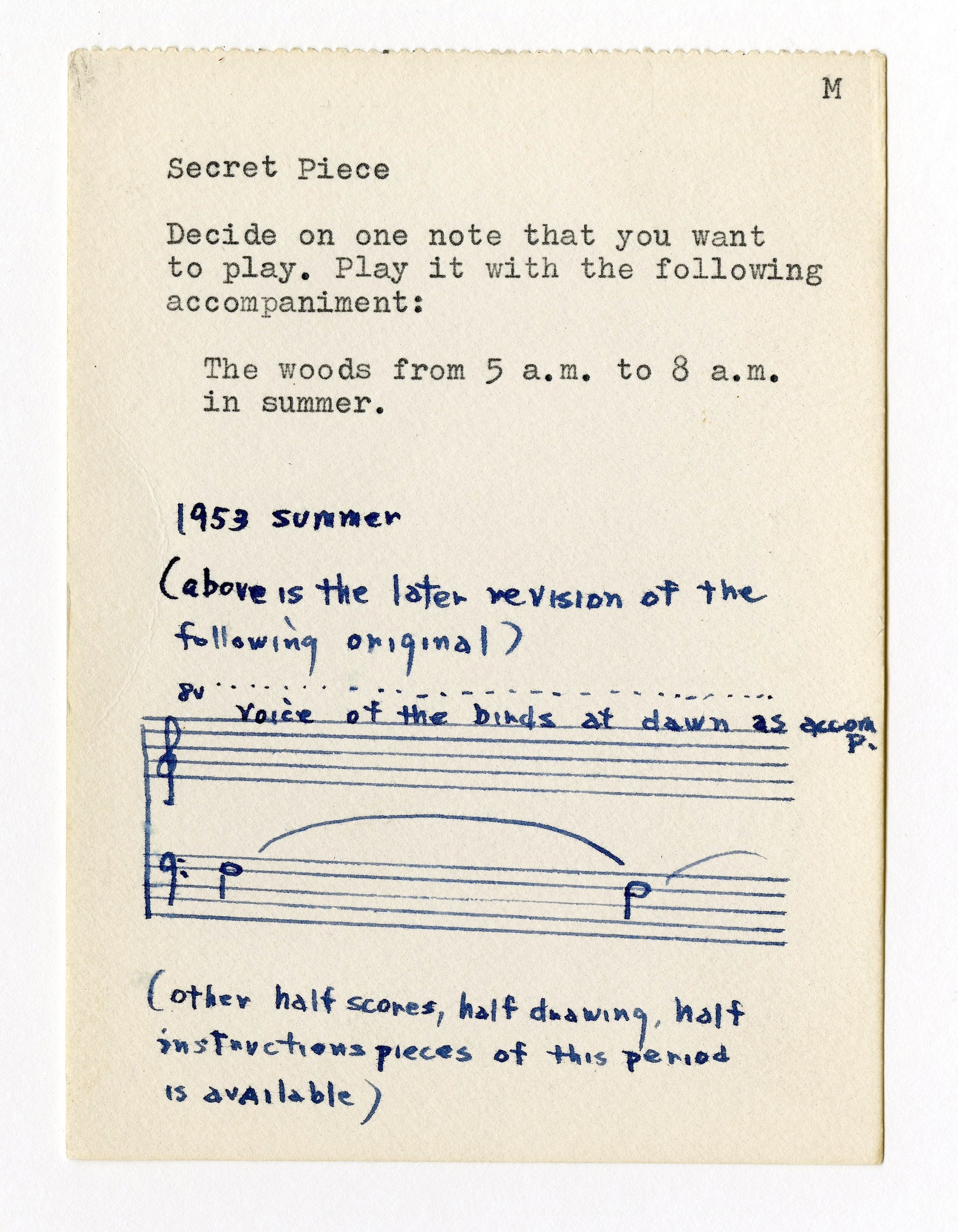
Yoko Ono, Secret Piece, published in Grapefruit, 1964. Typewritten card with ink additions © Yoko Ono
“There are a lot of things that people just don’t know about Yoko Ono because she only occupies a certain portion of the public imaginary, and it’s not as deep as her contributions,” says Joey Orr, the MCA’s deputy director and chief of curatorial affairs.
Fittingly, then, the museum’s presentation will include three major programmes of performances and public events, the first during the show’s opening weekend in October, “which we envision as being a kind of full museum music festival takeover”, Orr says, “and this is very much based on Ono’s 2001 concept album Blueprint for a Sunrise”. That event will include contemporary renditions of Ono’s music and her score-based actions, as well as invited artists performing their own works, throughout the museum.
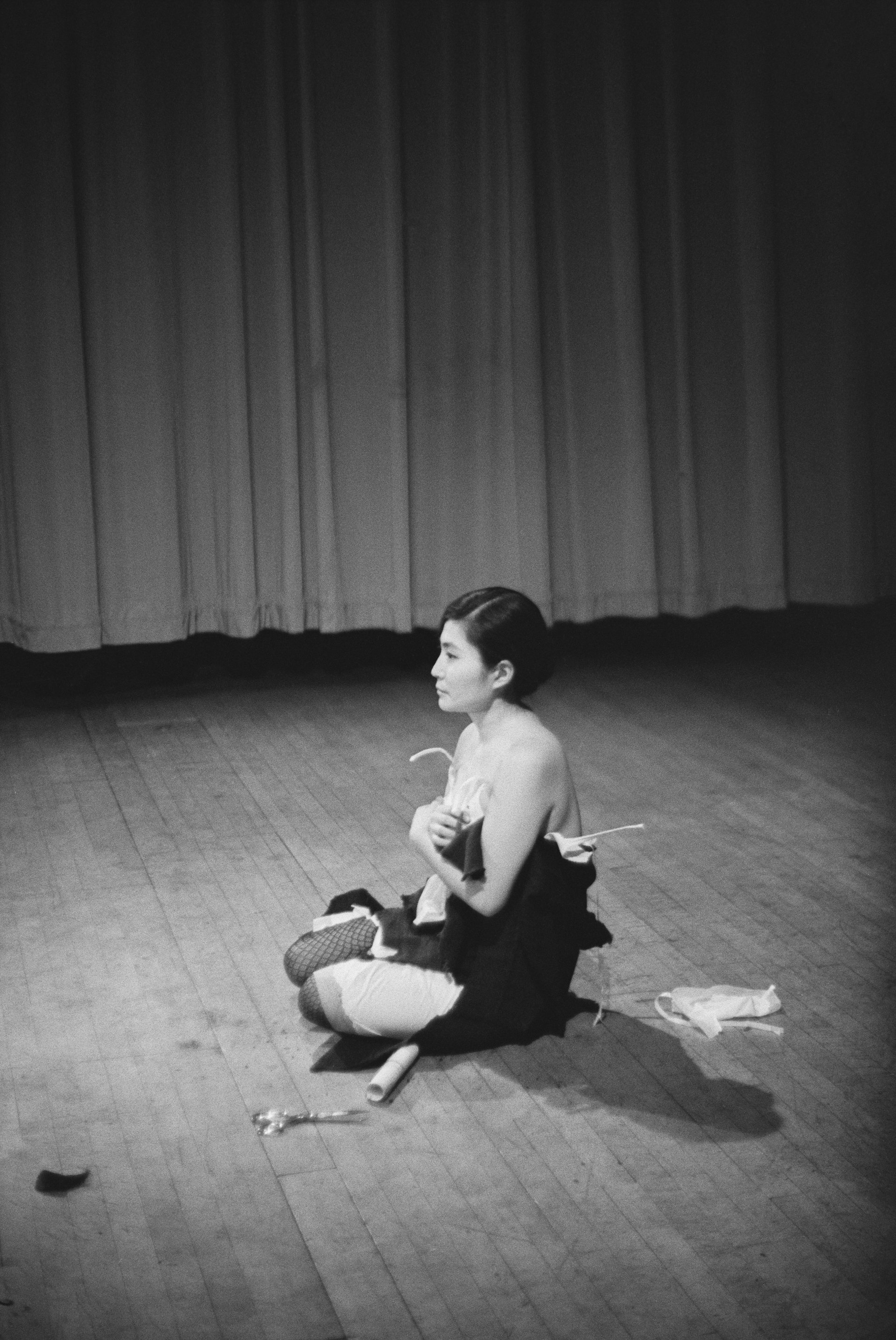
Yoko Ono, Cut Piece, 1964. Performance view, New Works by Yoko Ono, Carnegie Recital Hall, New York, NY, March 21, 1965 Photo © Minoru Niizuma
Around the midpoint of the exhibition, a programme of performances hosted at a music venue in the city and a panel at the MCA will highlight Ono’s impact on the music world, “which is something that is lesser known about her and we want to give it a showcase”, Orr says. Around the time of the exhibition’s closing—which will nearly coincide with Ono’s 93rd birthday in February 2026—the museum will host an evening of performances of some of Ono’s best-known works.
Orr adds: “We want to make sure that it’s not an exhibition that just sits in the MCA like on a shelf, but that it’s something that actually activates the building and our communities in the spirit of the MCA and in the spirit of Ono’s own artistic commitments.”


